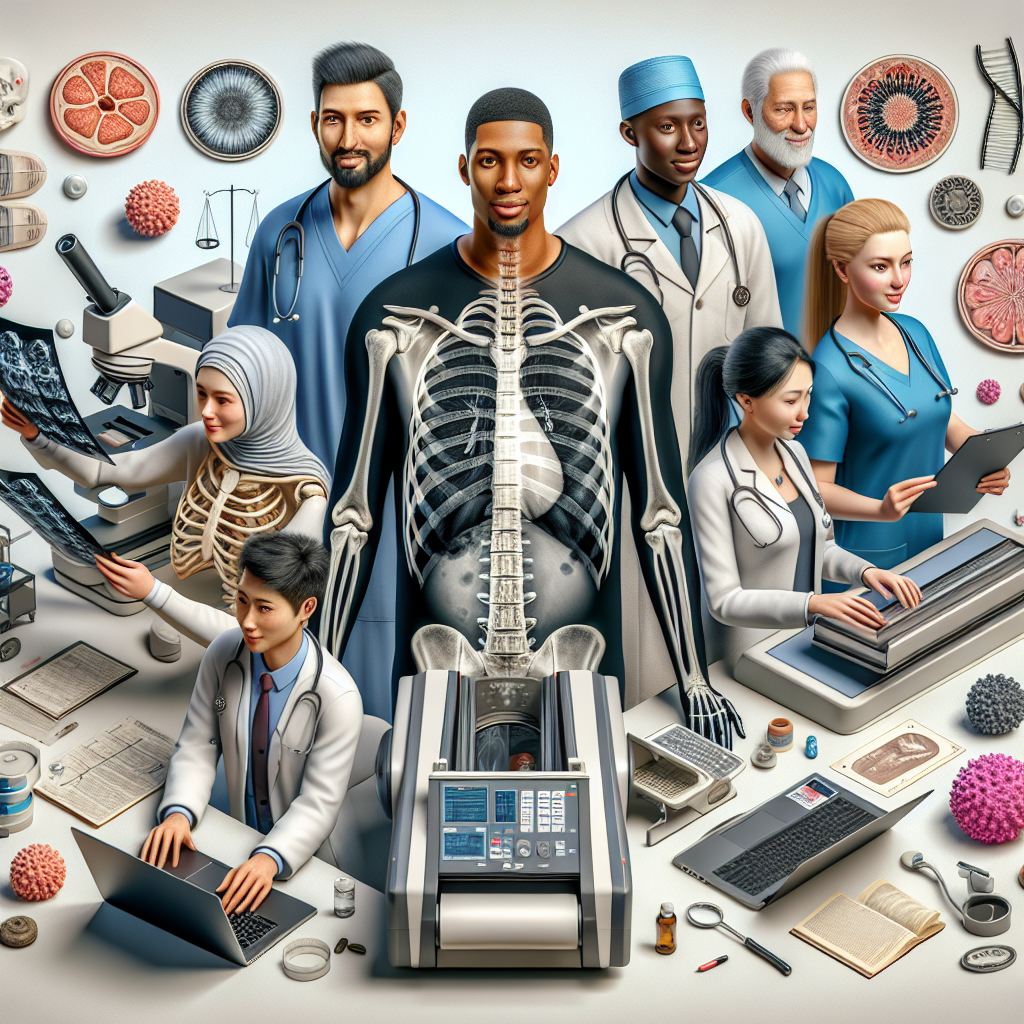Introduction
When it comes to medical imaging, two terms that are often used interchangeably but have distinct meanings are radiology and radiography. While both play essential roles in diagnosing and treating various medical conditions, understanding the difference between the two is crucial. In this article, we will explore the dissimilarities between radiology and radiography, their respective roles, and the benefits they offer in the field of medical imaging.
Table of Contents
- The Basics: What is Radiology?
- Exploring Radiography: What is it?
- Key Differences Between Radiology and Radiography
- Understanding the Roles and Scope
- The Benefits of Radiology and Radiography
- Frequently Asked Questions (FAQs)
- Conclusion
The Basics: What is Radiology?
Radiology is a branch of medicine that deals with the study and interpretation of medical images to diagnose and treat diseases. It encompasses various imaging techniques, including X-rays, computed tomography (CT) scans, magnetic resonance imaging (MRI), ultrasound, and nuclear medicine. Radiologists are medical doctors who specialize in interpreting these images and providing accurate diagnoses.
Radiologists play a vital role in healthcare by collaborating with other medical professionals to develop treatment plans based on their findings. They are responsible for identifying abnormalities, tumors, fractures, and other conditions that may not be visible through physical examinations alone. Radiology is a broad field that covers a wide range of imaging modalities, making it an indispensable tool in modern medicine.
Exploring Radiography: What is it?
Radiography, on the other hand, is a specific imaging technique within the field of radiology. It involves the use of X-rays to produce images of the body’s internal structures. Radiographers, also known as radiologic technologists, are healthcare professionals who perform the imaging procedures.
During a radiography procedure, the patient is positioned in front of an X-ray machine, and a radiographer captures images by directing controlled X-ray beams towards the area of interest. These images are then analyzed by radiologists to make accurate diagnoses. Radiography is commonly used to examine bones, detect fractures, and evaluate lung conditions, among other applications.
Key Differences Between Radiology and Radiography
Although radiology and radiography are closely related, there are significant differences between the two:
- Radiology is a broader field that encompasses various imaging techniques, while radiography is a specific imaging technique within radiology that uses X-rays.
- Radiologists interpret the images produced by various imaging modalities, while radiographers perform the imaging procedures.
- Radiology requires extensive medical training and specialization, as radiologists are medical doctors, whereas radiography typically requires a bachelor’s degree or associate’s degree in radiologic technology.
- Radiologists are responsible for diagnosing diseases and conditions based on the images, whereas radiographers focus on capturing high-quality images using specific imaging equipment.
Understanding the Roles and Scope
Radiology and radiography have distinct roles and scopes within the field of medical imaging:
Radiology:
- Interpreting and analyzing medical images from various imaging modalities
- Providing accurate diagnoses and collaborating with other healthcare professionals
- Developing treatment plans based on imaging findings
Radiography:
- Performing imaging procedures using X-rays
- Positioning patients correctly for image acquisition
- Ensuring image quality and patient safety
While radiologists focus on the diagnostic aspect of medical imaging, radiographers play a crucial role in obtaining high-quality images that aid in accurate diagnoses.
The Benefits of Radiology and Radiography
Radiology and radiography offer several benefits in the field of medical imaging:
- Accurate Diagnoses: Radiologists use their expertise to interpret images and provide accurate diagnoses, which guide appropriate treatment plans.
- Non-Invasive Imaging: Medical imaging techniques allow healthcare professionals to visualize internal structures without invasive procedures, reducing patient discomfort and risk.
- Early Detection: Medical imaging can detect diseases and conditions at early stages, enabling timely interventions and improving patient outcomes.
- Treatment Monitoring: Radiology plays a vital role in monitoring the effectiveness of treatments and interventions, allowing for adjustments as needed.
Frequently Asked Questions (FAQs)
1. Is radiology the same as radiography?
No, radiology and radiography are not the same. Radiology is a broader field that includes various imaging techniques, while radiography is a specific imaging technique that uses X-rays.
2. Do radiologists perform radiography procedures?
No, radiologists do not typically perform radiography procedures. Radiographers, who are specifically trained in radiologic technology, perform the imaging procedures.
3. Can radiography diagnose all medical conditions?
No, radiography is limited in its diagnostic capabilities. While it can detect fractures, lung conditions, and certain abnormalities, more complex conditions may require additional imaging techniques, such as CT scans or MRI.
Conclusion
In summary, radiology and radiography are both integral parts of the field of medical imaging, but they have distinct roles and scopes. Radiology encompasses various imaging modalities and involves the interpretation of medical images by radiologists, who are medical doctors. Radiography, on the other hand, is a specific imaging technique that uses X-rays and is performed by radiographers.
Understanding the difference between radiology and radiography is important for patients and healthcare professionals alike. By working together, radiologists and radiographers contribute to accurate diagnoses, improved treatment plans, and better patient outcomes.




